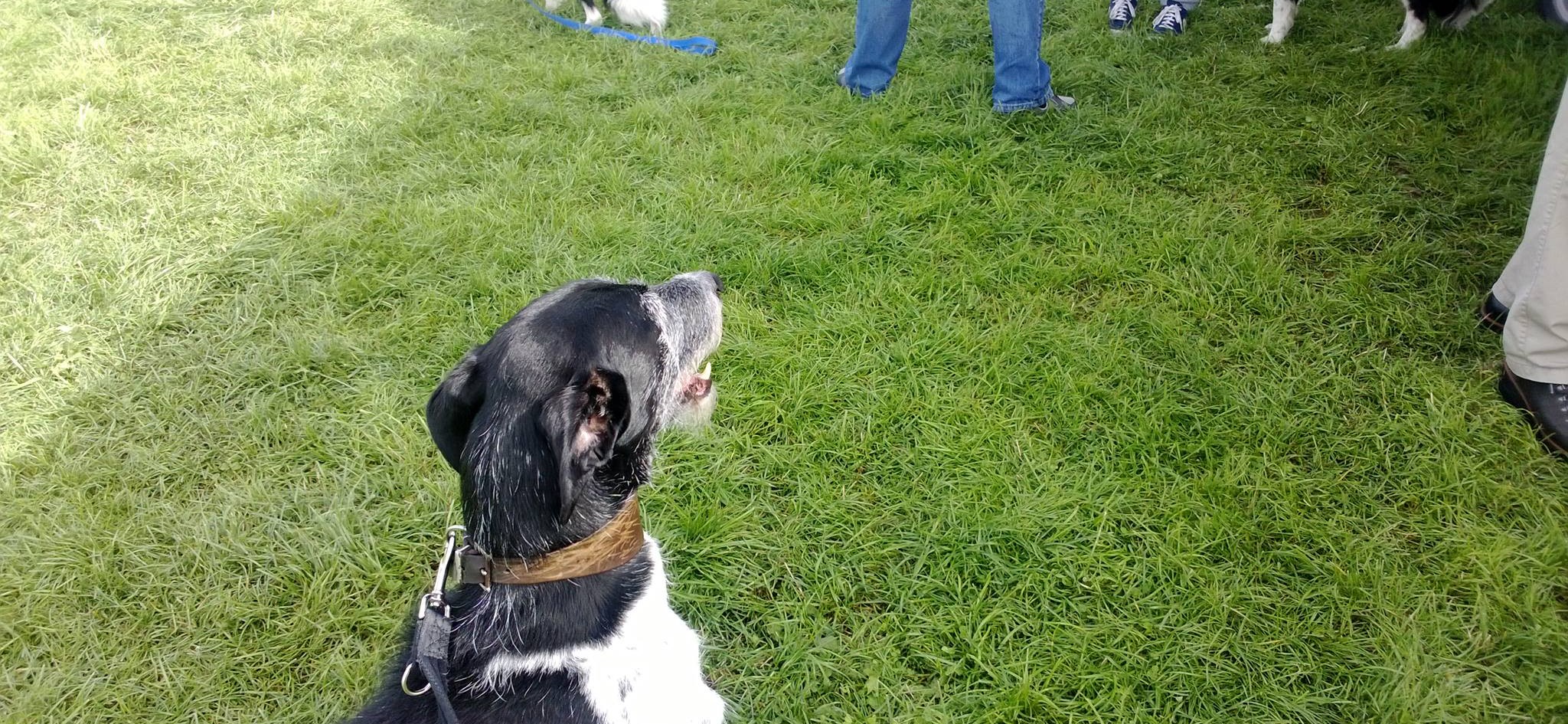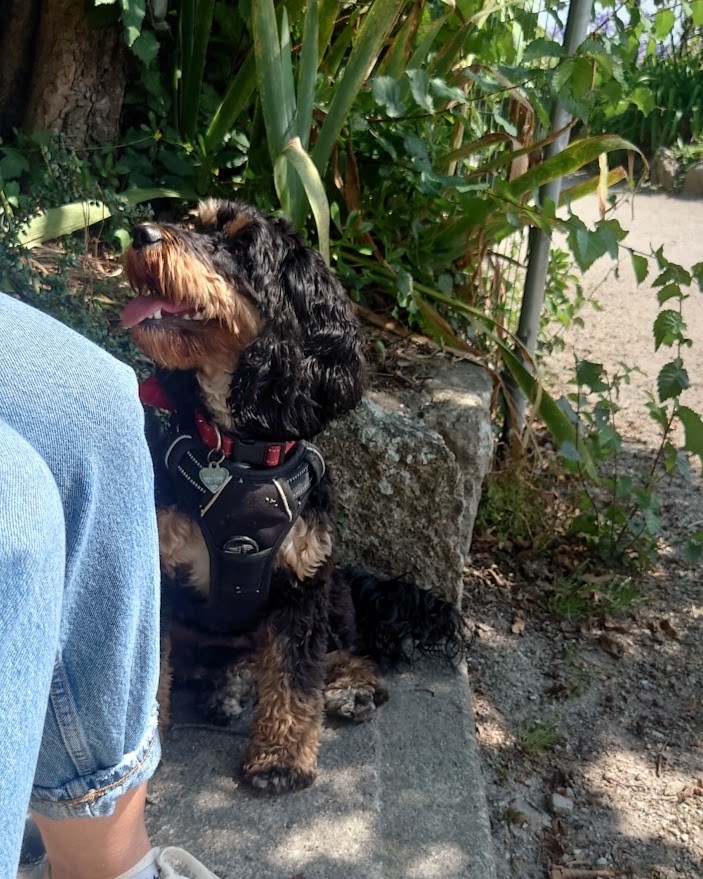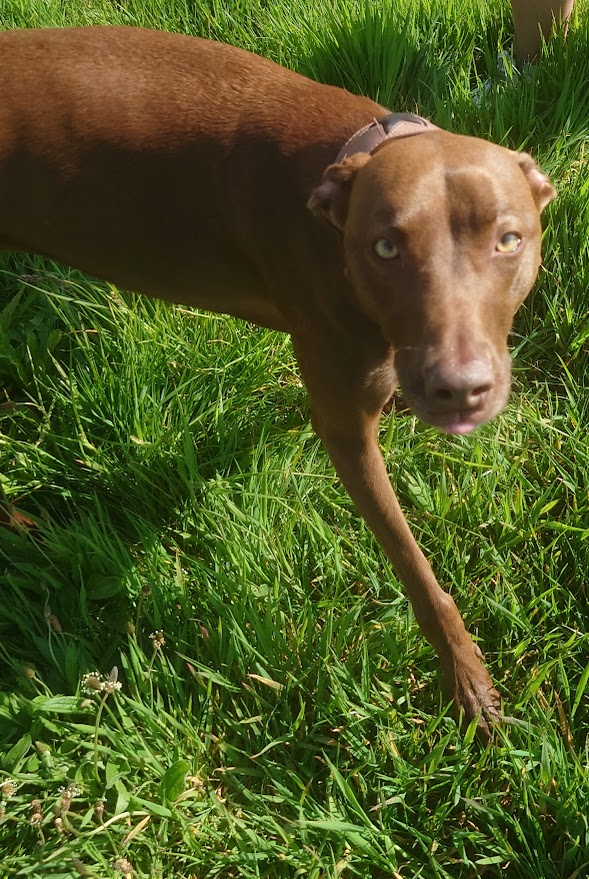Call / 07815 167247
Email [email protected]
Call / 07815 167247
Email [email protected]

Pinpointing your problem is essential to finding a solution. If you are a bit 'loosey goosey' with your assessment of your problem, you might not be solving the right problem, or even understanding what that problem really is.
Working this through may take a few iterations to get the details right. On a first call with clients I ask a lot of questions, and it's all about ruling things out so that I can get to the root of the issue.

Let’s use jumping up as an example to illustrate. The headline problem is this:
My dog is jumping up at visitors.
It’s a simple statement that seems to sum up the problem. It would be easy to jump straight in with some training. The usual training that is a go-to for many trainers is keeping four feet on the floor, turning our backs, or asking people to bend down to the dog’s level to say hello.
For me, that statement - My dog is jumping up at visitos - does not give me much information, certainly not enough, and I need to find out more. I need to rule things out.
The sorts of questions I might ask are:
By asking these sorts of questions, you can start to pinpoint the problem:
Can you see what is happening?
We are starting to define the problem and what exactly it looks like.
By doing this we already start to see the glimmers of goals and solutions. You are probably also starting to see that there are a lot of influencing factors on your decision-making process which we will discuss shortly.
Let’s continue to use the jumping up example to think about the question of solving the right problem.
Hattie, a young Yorkshire terrier cross, was jumping up on other residents in the sheltered accommodation her owner lived in.
Simple? Not so much. Let’s add some more layers.
There was a potential conflict with being safe and being sociable. The problem was less about jumping up and more about how we could teach Hattie to meet people appropriately, and to engineer the situation so that she did not practice the behaviour.
We had to be creative, and our solution was to reinforce no jumping up unless asked. We taught Hattie to jump up two front paws to knee level on cue, which meant that this could happen with residents either standing up, or more safely sitting down.
Everyone was happy.

The missing piece of jumping up training for me is about how you get your dog to understand how to interact with people. If we are constantly reinforcing our dogs for four feet on the floor, feeding the floor to keep them down at feet level, asking them to sit, shaping in to a sit, or whatever else you might try ...
when do they get to say hello?
If we don't address them learning how to say hello, there will still likely be frustration in the dog, and when they get to say hello, over-excitement.
Most peope want their dogs to go up and say hello calmly,. then get on with their own thing.
My top tactics for this are: